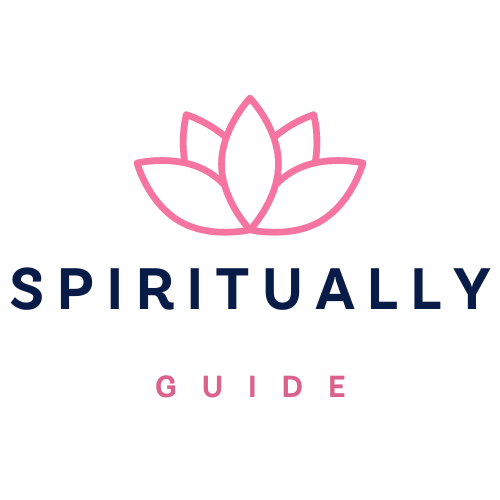Unlock the secrets of Tarot with our guide on interpreting...
Read MoreTarot
Tarot card reading is a practice that taps into the subconscious mind using a deck of 78 cards, divided into the Major and Minor Arcana. Through symbolism and imagery, Tarot cards offer insights into the past, present, and future, guiding the querent in decision-making, self-reflection, and personal growth. The Tarot reader interprets the cards based on their meanings, positions, and relationships to one another.
The Major Arcana consists of 22 cards, each symbolizing significant life themes and spiritual lessons. They include archetypal images that represent universal human experiences. One of the most recognized cards is “The Lovers,” symbolizing choices, relationships, and the importance of alignment with personal values. The Major Arcana cards often appear in a reading when significant life changes or decisions are at the forefront.
The Minor Arcana includes 56 cards, divided into four suits: Cups, Wands, Swords, and Pentacles. These cards represent the day-to-day events and personal interactions that shape our lives. Unlike the profound spiritual lessons of the Major Arcana, the Minor Arcana focuses on practical matters, mundane challenges, and the intricate details of daily living.
By understanding both the Major and Minor Arcana, Tarot readers can provide nuanced and insightful readings that reflect the complexities of human experience. Whether seeking guidance in love through “The Lovers” card or navigating daily challenges with the help of the Minor Arcana, Tarot readings offer a valuable tool for self-discovery and empowerment.
Check out recent tarot posts
The Spiritual Journey of the Fool in the Tarot
Embark on the spiritual journey of the Fool in Tarot....
Read MoreThe Symbolism and Interpretation of Tarot Court Cards
Unlock the secrets of Tarot Court Cards, from Pages to...
Read MoreThe Ethical Considerations of Astrology and Tarot Readings
Explore the ethical landscape of Astrology and Tarot readings. Dive...
Read MoreFrequently asked questions (FAQ) about tarot cards
Tarot cards are a deck of 78 cards used for divination, self-discovery, and guidance. They are often associated with fortune-telling and spiritual insight.
The origin of tarot cards is debated, but they are believed to have originated in Italy during the 15th century as a card game. They later evolved into a tool for divination and spiritual exploration.
A standard tarot deck consists of 78 cards, divided into two main categories: the Major Arcana (22 cards) and the Minor Arcana (56 cards). The Minor Arcana is further divided into four suits—Cups, Swords, Wands, and Pentacles, each with 14 cards.
Tarot cards are used for various purposes, including gaining insight into the past, present, or future, making decisions, and exploring one’s inner thoughts and feelings. Readers interpret the cards’ symbolism and meanings to provide guidance. Learn about how to use tarot cards.
Tarot cards are not guaranteed to predict the future but can offer insights and guidance based on the current energies and circumstances surrounding a question or situation.
Anyone can learn to read tarot cards with practice and study. While some people have intuitive abilities that enhance their readings, it’s not a prerequisite for using tarot cards effectively.
Tarot cards are not tied to any specific religion, but they can be incorporated into various spiritual and religious practices. They are often used for meditation, self-reflection, and connecting with one’s inner spirituality.
Tarot reading is sometimes associated with the occult, but it doesn’t inherently involve witchcraft or dark practices. It is a tool for self-discovery and personal growth and can be used in a variety of spiritual belief systems.
Choosing a tarot deck is a personal decision. Select a deck that resonates with you aesthetically and intuitively. There are numerous designs and themes to choose from.
Ethical tarot reading involves respecting the querent’s privacy, providing guidance rather than making absolute predictions, and obtaining consent before a reading. It’s important to use tarot cards responsibly and with empathy.
Yes, tarot cards can offer insights and perspectives that may aid in decision-making. They can help you consider different aspects of a situation and evaluate potential outcomes.
While each tarot card has a traditional meaning, interpretations can vary depending on the reader and context. Many tarot readers develop their unique interpretations based on intuition and experience.





